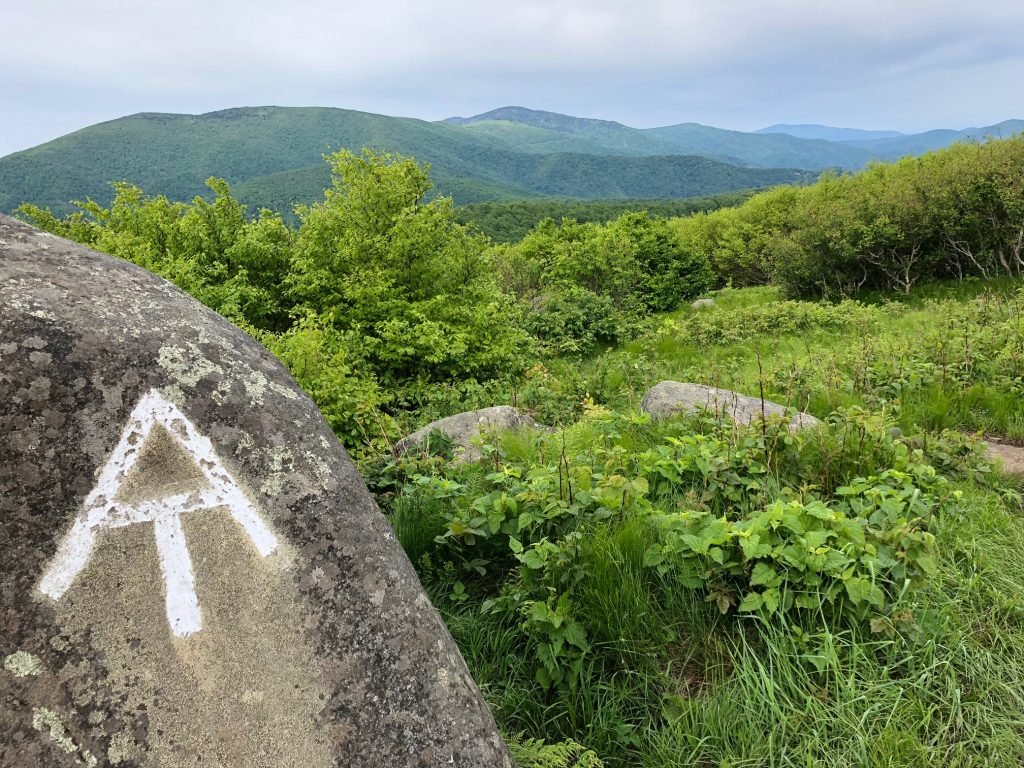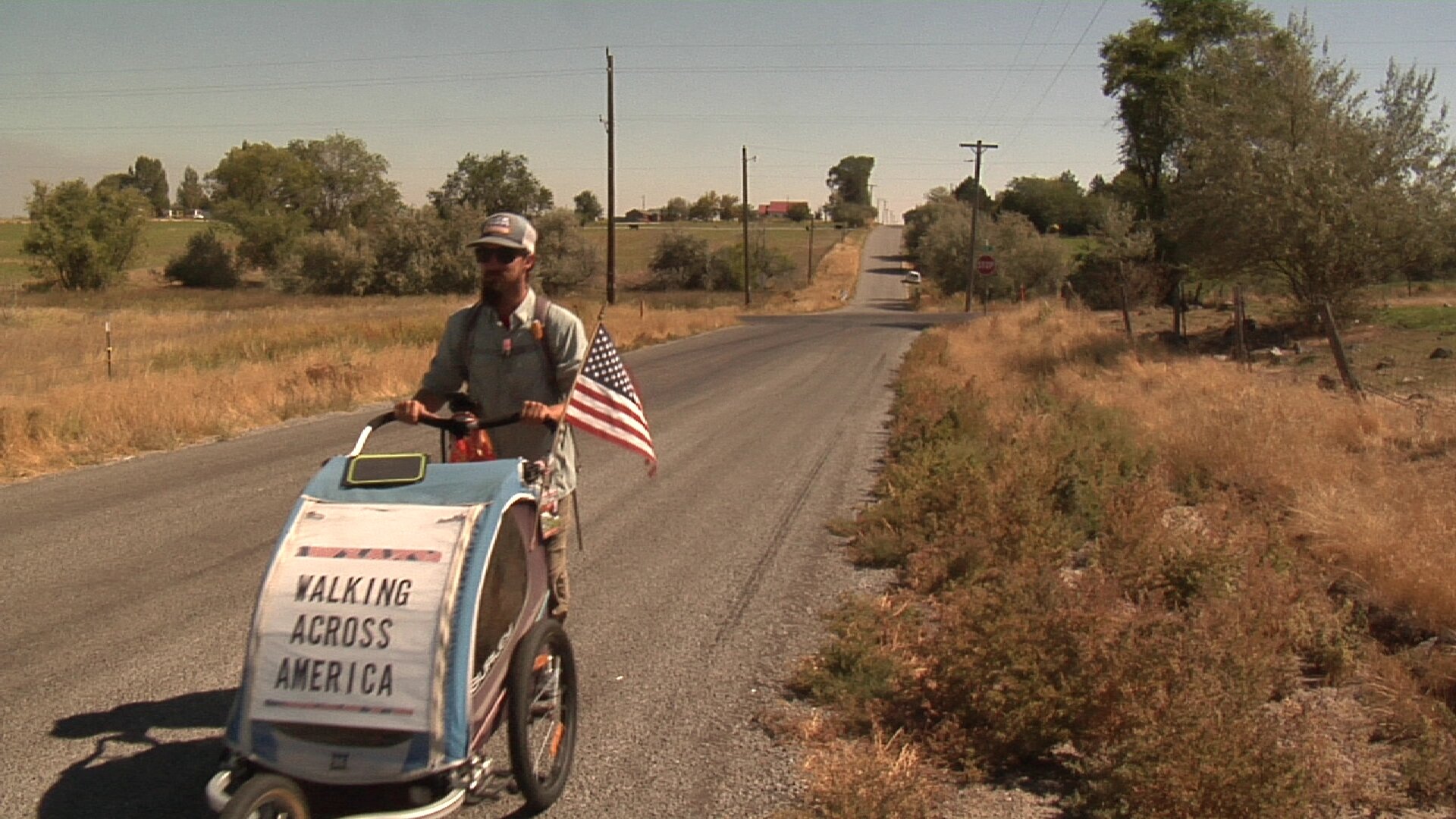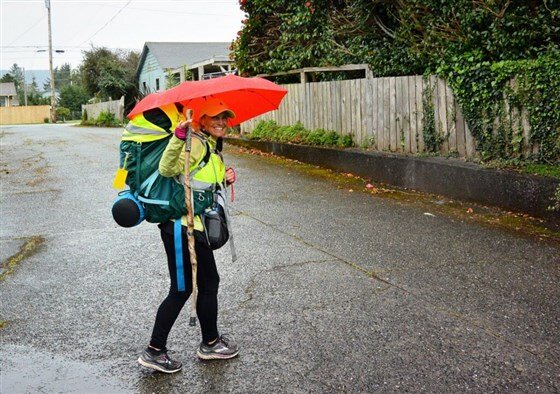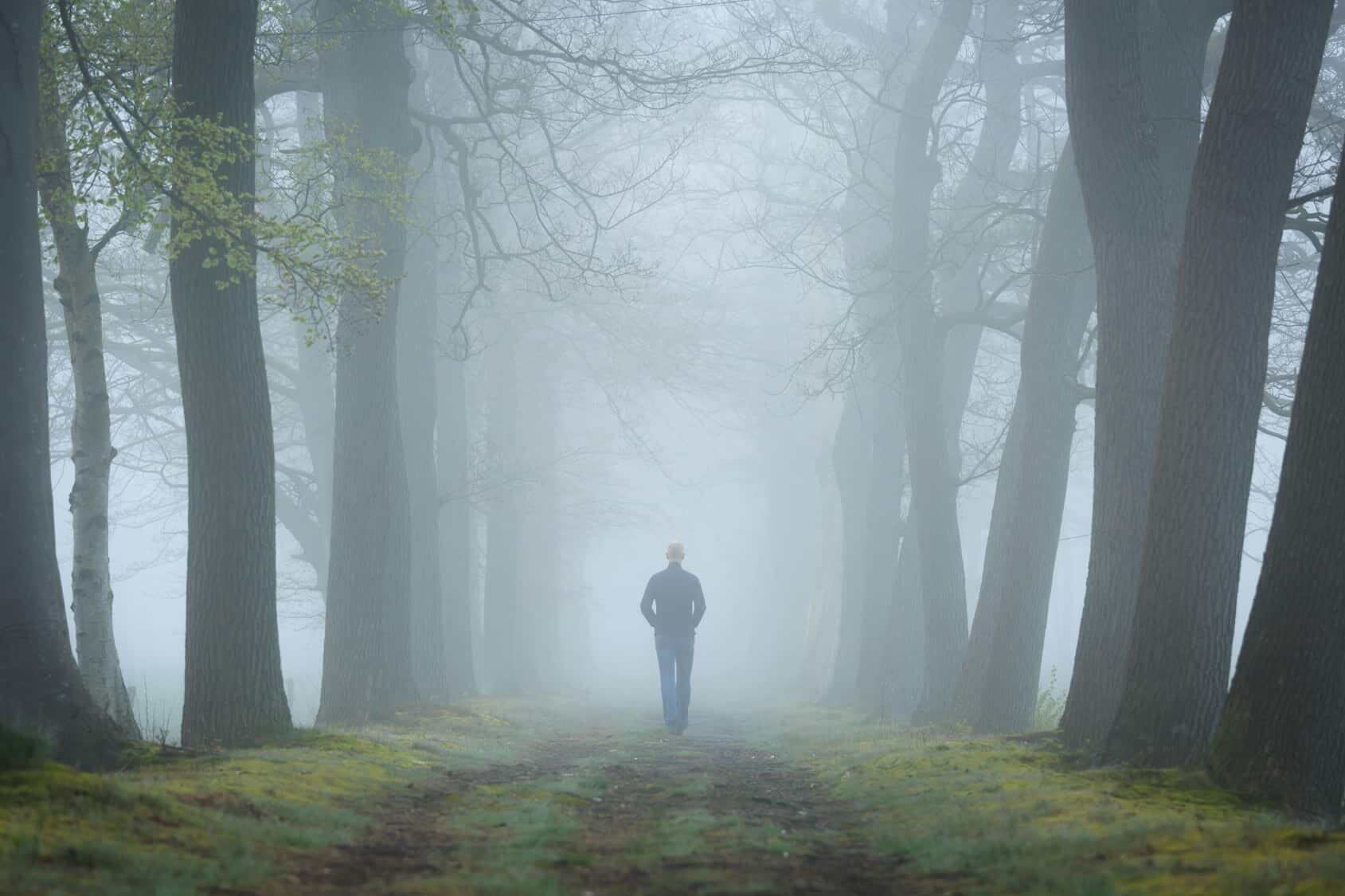AMERICA'S FAVORITE FOOTPATH -- THE APPALACHIAN TRAIL
SPRINGER MOUNTAIN, GA, MARCH 1948 — On a sunny morning, as Americans elsewhere revved up big Buicks and Chevys, a WW2 vet shouldered his pack and hit the trail “to walk the war out of my system.” His destination — Maine.
Calling the Appalachian Trail a “trail” is like calling the Atlantic Ocean a pond. The longest trail on earth, the A.T. is more than woods and wilderness. Since the 1960s, when it became widely known, the A.T. has been an escape route, an existential challenge, and a permanent fixture of American culture.
Four million people hike the A.T. each year, nearly 1,000 of them “thru-hikers.” The 2,200 mile journey, from Springer Mountain to Maine’s Mount Katahdin (few hike southbound), usually takes five months. Five months of sweat and grime, aches and blisters, solitude and starry nights. But A.T. hikers also find an American blend of humor, slang, camaraderie, and plenty of “trail magic.” Few come home dissatisfied.
“I wanted to quit and to do this forever,” wrote Bill Bryson in A Walk in the Woods. “Sleep in a bed and in a tent, see what was over the next hill and never see a hill again. All of this all at once, every moment, on the trail or off.”
Americans had been traipsing through woods for decades when the A.T. was conceived. One day in 1900, Benton MacKaye, fresh out of Harvard, scaled Stratton Mountain in Vermont. MacKaye “felt as if atop the world, with a sort of ‘planetary feeling.’” Why not a single footpath, he wondered, running the length of the Appalachians, serving as sanctuary from the “high-powered tension of economic scramble?”
In 1921, when MacKaye finally wrote about his vision, local trail clubs began planning. The first section of the A.T. opened in 1923. The first A.T. conference was held two years later. Then came the Depression when Americans built big (the Golden Gate Bridge, the Grand Coulee Dam, etc.). With help from foresters, hikers, and the C.C.C., the full A.T. opened in 1937.
A year later, having sampled the trail near his Pennsylvania home, Earl Shaffer and a friend made a pact to hike as planners never expected — from end-to-end. Then war intervened. The friend died on Iwo Jima but Shaffer came home, holding fast to the dream.
With no stove or tent, worn boots, and a frameless rucksack, Shaffer completed the full hike in 123 days. Each day his Little Black Book recorded encounters, sightings, challenges. The journal convinced the ATC, making Shaffer the first official thru-hiker. Then in the 1960s, the gates opened.
Each spring, hundreds of hikers set out from Springer Mountain dreaming of Katahdin. But most soon realize that the A.T. was designed by devils. PUDS — trail slang for “pointless ups and downs” — send hikers over 350 peaks of 5,000 feet or more. You can often “slab” around a peak but another awaits. And another. Bring “Vitamin I” (Ibuprofen).
Hikers dodge “blow downs” and “widowmakers” — fallen or leaning trees. They put up with “cowboy camping” when no shelter is near and learn to “MacGyver” (cleverly repair) boots, packs, and stoves. They suffer mosquitoes and ticks. Bears and wolves are rarely seen but always feared. Isolation is a constant menace, but stubbornness drives hikers on.
“At times,” Bryson wrote, “you become almost certain that you slabbed this hillside three days ago, crossed this stream yesterday, clambered over this fallen tree at least twice today already. But most of the time you don’t think. No point. Instead, you exist in a kind of mobile Zen mode, your brain like a balloon tethered with string, accompanying but not actually part of the body below.”
Adventure wears thin somewhere in Virginia, but each year hundreds trudge on, buoyed by a homegrown support system. Shelter logbooks share poems, bear and bird sightings, messages to new friends. Comments are signed by trail names. Earl Shaffer was “The Crazy One.” Others include The Yogi Master, The Old Gray Goose, and Homemade Wanderlust.
The trail is grueling, but up into Tennessee, then along the Blue Ridge Parkway, the views, oh, the views. . . (Really beautiful video below.)
Next comes “Rocksylvania,” the longest state stretch till Maine. Across semi-rural New Jersey and up into New England where taller mountains await. The Greens, the Whites, the Presidentials topping 6,000 feet. A little “trail magic” helps.
“If you turn left at the next logging road,” he said, “and walk a quarter of a mile, you come to a dock on a lake, with an air horn hanging off it. You honk the air horn, and someone comes and picks you up in a boat, and they take you to this place where there's pizza and showers and cold beer!”
Earl Shaffer walked the A.T again in 1965, then at 79, became the oldest thru-hiker. Though stricken by “Springer Fever,” he died before another attempt. Shaffer and Benton MacKaye were among the first inductees in the A.T. Hall of Fame.
The A.T is still calling. Some used recent years to escape the pandemic. Shelters were closed, but they are open gain and plenty of hikers are again hitting the trail. Because once you’ve been an American Walker — whether coast-to-coast, down every street in NYC, or circling the country for happiness — it’s hard to stay put.
One day, home from hiking 800 miles, Bill Bryson climbed Vermont’s Mt. Killington. The view “was so beautiful I cannot tell you. . . That under my feet there lay a free and exquisitely maintained trail, running for 2,200 miles through hills and woods of equal grandeur, was a thought almost too overpowering to behold. I don’t recall a moment in my life when I was more acutely aware of how providence has favored the land to which I was born.”


















